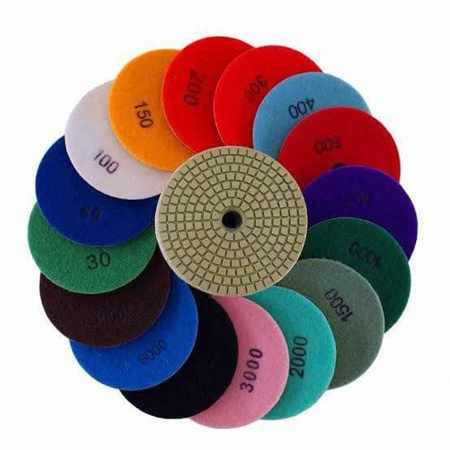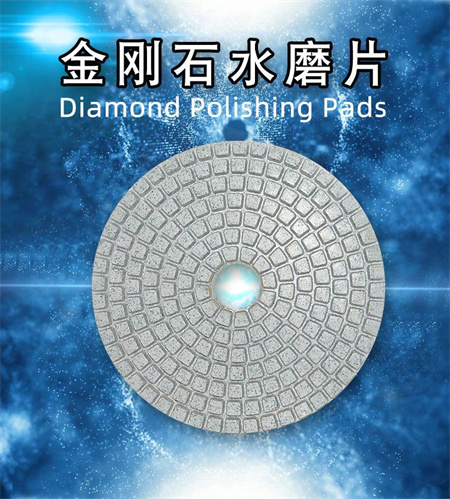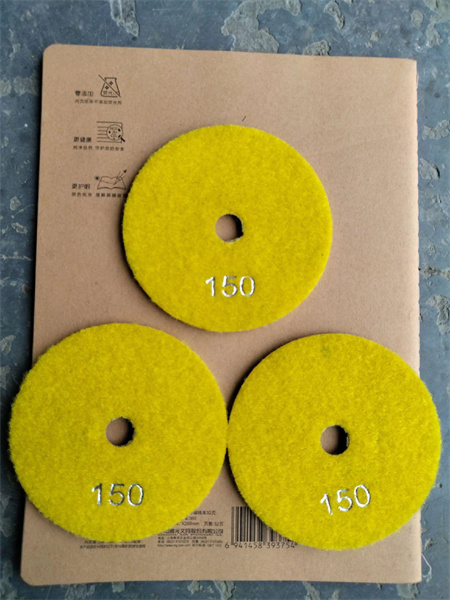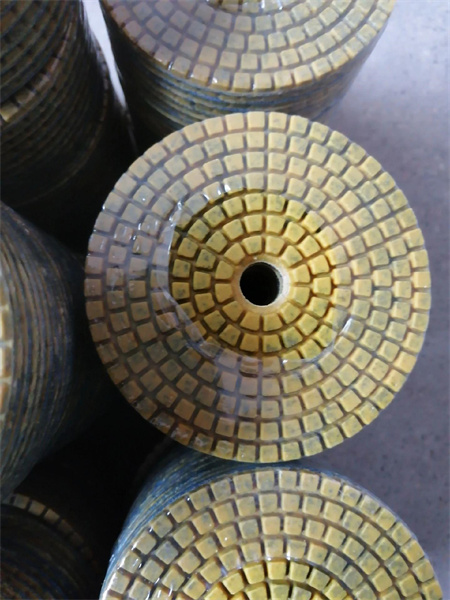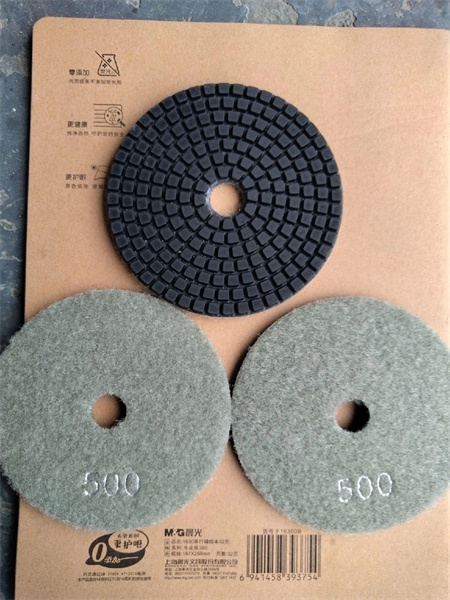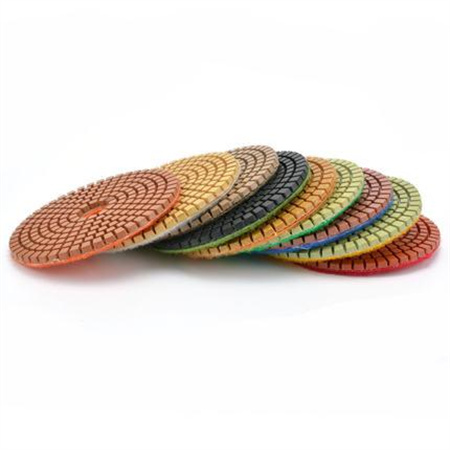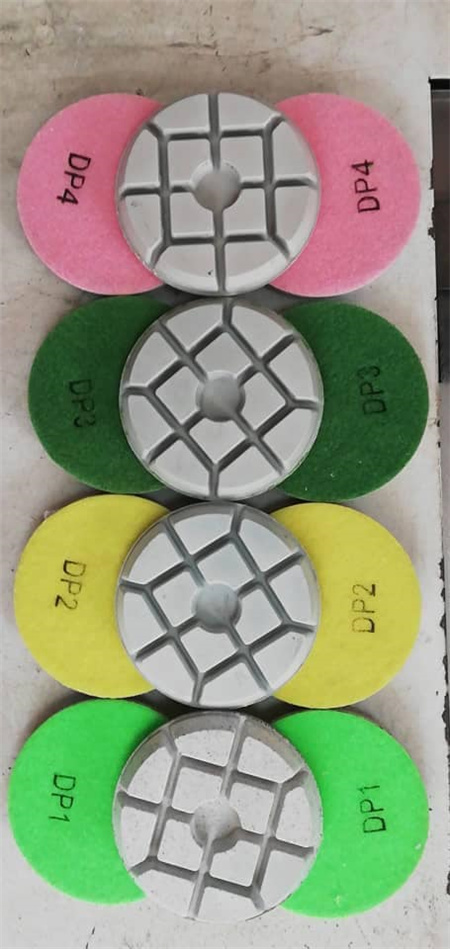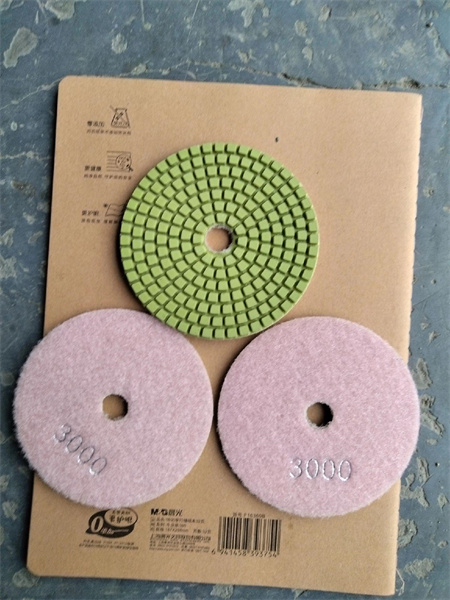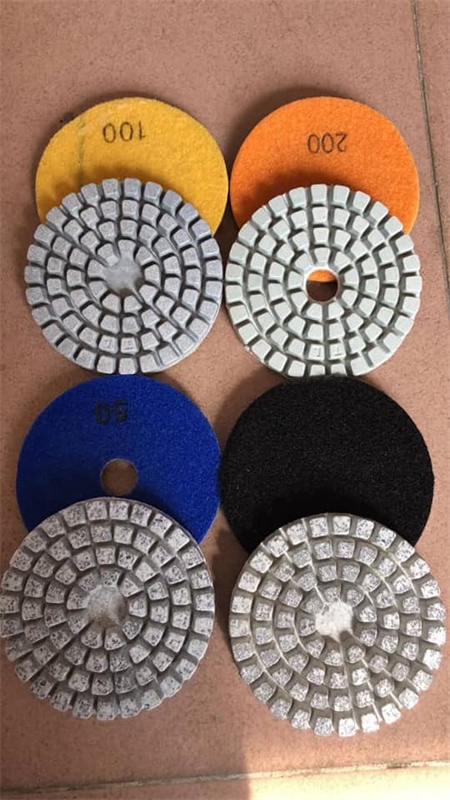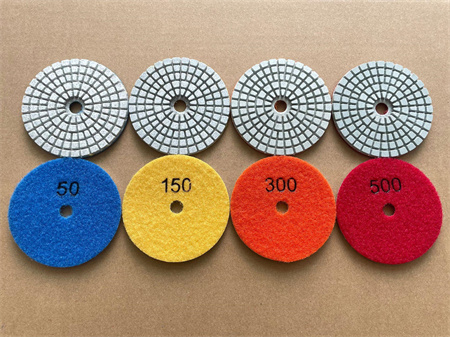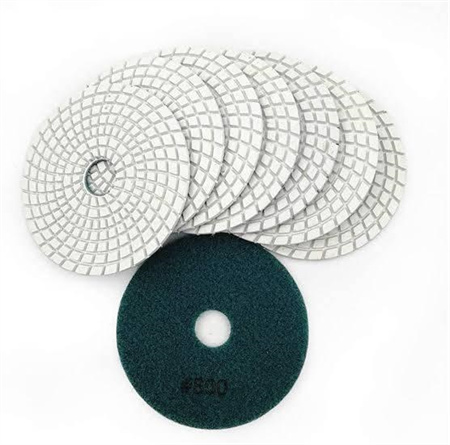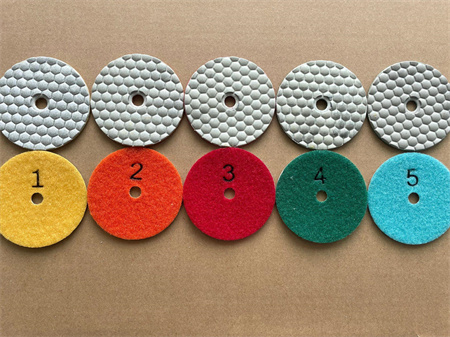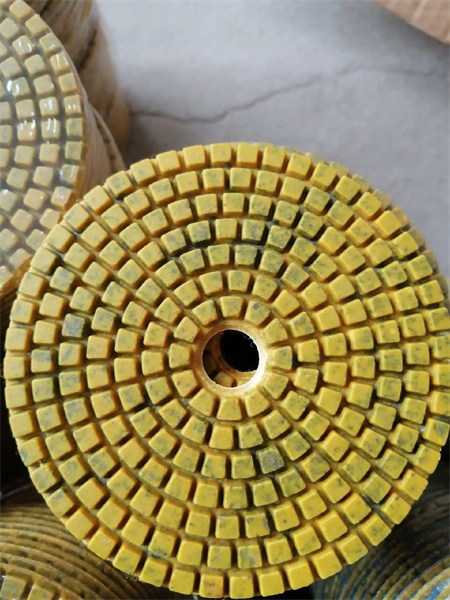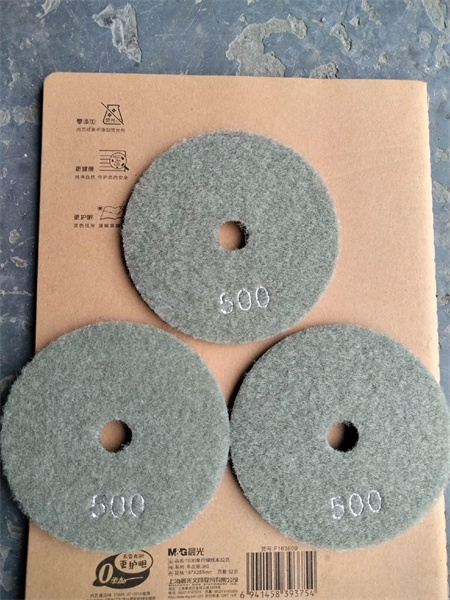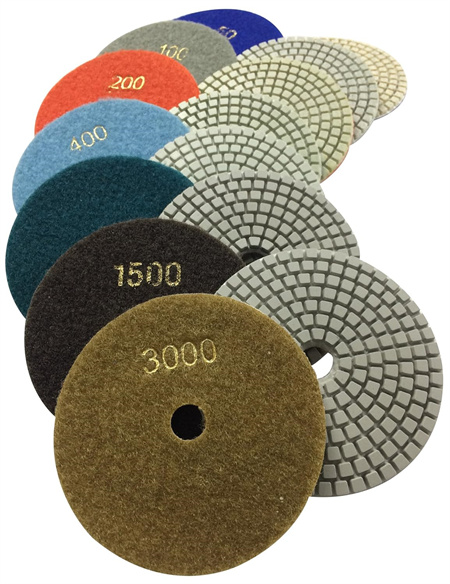Title: High-End Polishing Pads for Premium Stone Finishes
When it comes to achieving a flawless finish on premium stone surfaces, the quality of polishing pads makes all the difference. At our company, a leading manufacturer of high-end diamond polishing pads based in China, we understand the intricate needs of professionals who demand perfection in every project. Whether you’re an importer, wholesaler, or store owner, discovering the right polishing pads is crucial to delivering superior stone finishes and satisfying your clients.
Diamond polishing pads have revolutionized the way stone surfaces are treated. These pads are engineered to provide a superior finish and extended durability, especially for high-end stone types like granite, marble, and quartz. Unlike traditional polishing methods, diamond pads use industrial-grade diamonds to ensure a pristine, mirror-like finish that stands out in the competitive market.
Why Choose High-End Diamond Polishing Pads?
High-end diamond polishing pads are not just another tool; they are a crucial element in the stone finishing process. The high-grade diamonds embedded in these pads are designed to cut through even the toughest stone surfaces with ease. This results in a smoother, more consistent finish that enhances the natural beauty of the stone. For professionals handling premium stones, the quality of the polishing pad directly impacts the final outcome of their work.
Our diamond polishing pads are crafted with meticulous attention to detail, ensuring that each pad delivers the highest performance. They are engineered to provide:
1. Exceptional Durability: Our pads are built to last, with high resistance to wear and tear. This ensures that professionals can use them for extended periods without compromising on quality.
2. Superior Cutting Power: The diamond grit in our pads is designed to efficiently cut through tough stone surfaces, reducing the time and effort required to achieve a perfect finish.
3. Consistent Results: With our polishing pads, you can expect a uniform finish across different stone surfaces, which is crucial for maintaining high standards in premium stone finishing.
4. Versatility: Our pads are suitable for a wide range of applications, including countertop fabrication, floor restoration, and monument engraving. This versatility makes them an essential tool for various stone finishing tasks.
Key Features of Our Diamond Polishing Pads
Our high-end polishing pads come with several key features that set them apart from the competition:
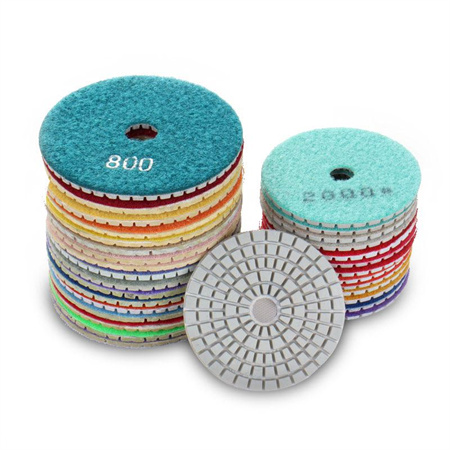
– Heat Resistance: Our pads are designed to withstand high temperatures, which is particularly important during intensive polishing tasks. This feature ensures that the pads perform consistently, even under demanding conditions.
– Flexibility and Conformability: The flexibility of our pads allows them to conform to the contours of the stone surface, providing an even finish on both flat and curved surfaces.
– Ease of Use: Our pads are user-friendly and compatible with various polishing machines, making them a practical choice for professionals looking to streamline their workflow.
Industries and Applications
Our high-end diamond polishing pads are used across a range of industries and applications. Here are some key sectors where our products excel:
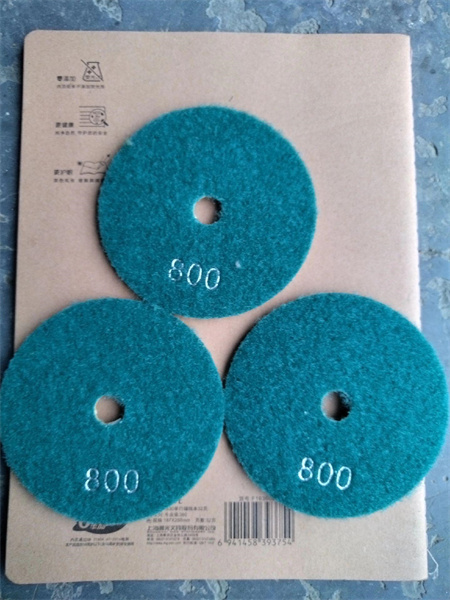
– Stone Fabrication: Stone fabricators rely on our polishing pads to deliver precise and high-quality finishes on custom stone projects, including countertops, vanities, and architectural features.
– Monument and Memorial Work: Professionals in the monument industry use our pads to create beautifully polished memorials and headstones, ensuring a lasting tribute with a high-quality finish.
– Retail and Wholesale: Importers, wholesalers, and retail stores benefit from our products by offering top-quality polishing pads to their customers, enhancing their product range and meeting the demands of the high-end stone market.
Finding the Right Manufacturer
Choosing the right manufacturer for your diamond polishing pads is crucial to ensuring that you receive high-quality products that meet your needs. As a trusted Chinese manufacturer, we pride ourselves on our commitment to excellence and customer satisfaction. Our state-of-the-art facilities and experienced team work tirelessly to produce polishing pads that meet the highest industry standards.
In conclusion, high-end diamond polishing pads are essential tools for achieving premium stone finishes. With our superior products, professionals can ensure that every project is completed to perfection, delivering exceptional results that enhance the natural beauty of stone surfaces. Whether you’re an importer, wholesaler, or store owner, investing in high-quality polishing pads is key to maintaining a competitive edge in the premium stone market. Trust us to provide the tools you need to excel in your business and satisfy your clients.
